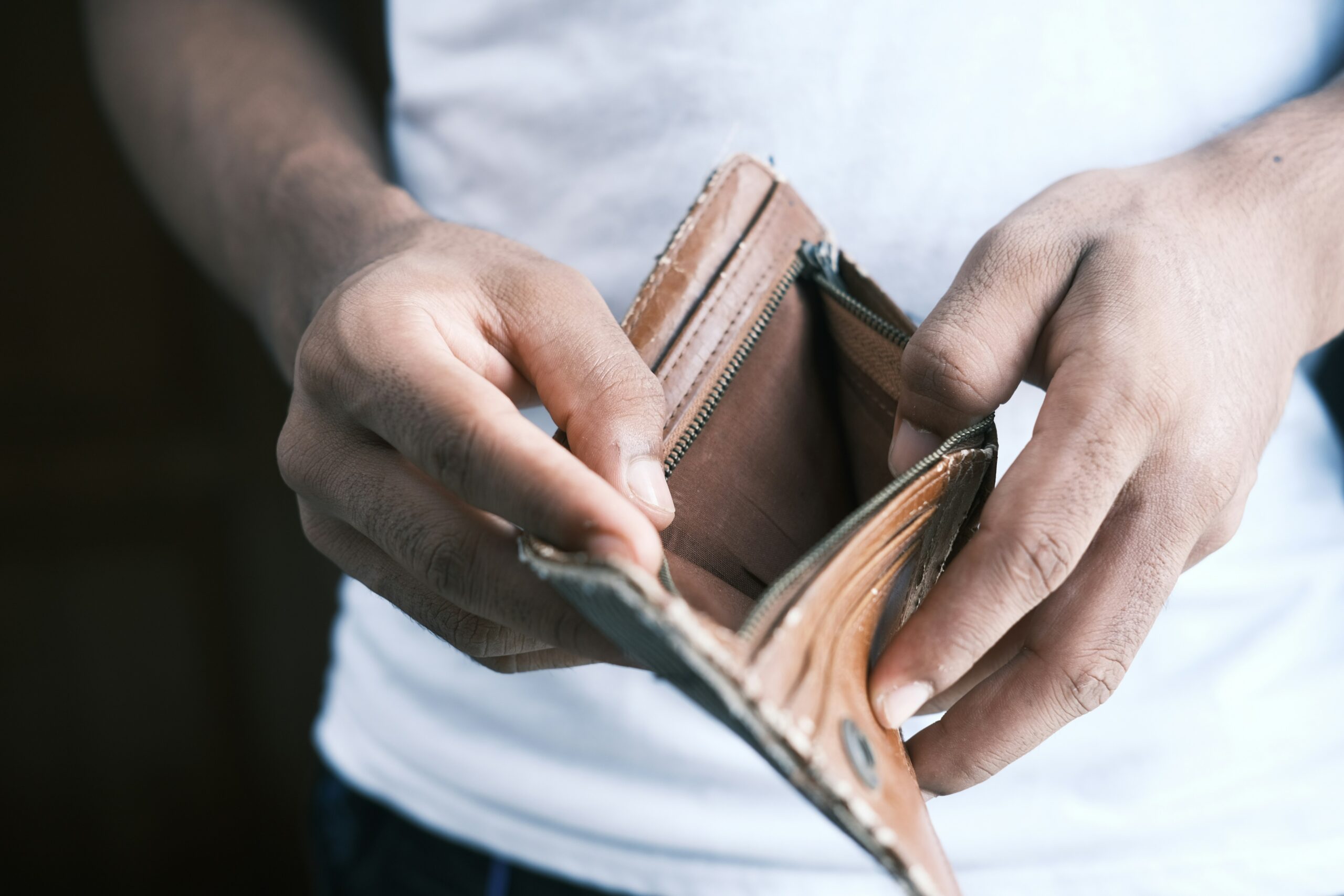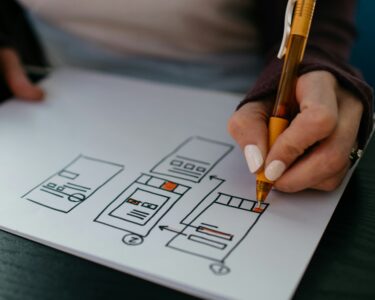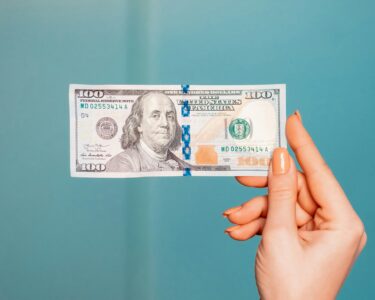You need an emergency fund.
It’s one of those financial mantras that shows up in every personal finance book, budget podcast, and TikTok money tip out there.
Why?
Well because life happens.
And despite the repetition, most people still struggle to put it into practice. It’s not because they don’t believe in it, but because no one ever breaks it down in a way that feels doable.
Mostly because money is spent on daily things that we need instead of planning for the “just in case” moments.
So what does an emergency fund mean in real life?
Let’s take a look at how you build one that actually works for your circumstances and your lifestyle.
If you’ve ever had to cover a surprise car repair with a credit card or scramble to pay a medical bill that your insurance only partially covered, you already understand how essential this financial buffer can be. An emergency fund isn’t just about financial planning—it’s about peace of mind.
It’s the quiet confidence that you can handle a curveball without your entire financial life unraveling. But too often, the advice around emergency savings feels abstract, vague, or completely out of reach, especially for those living paycheck to paycheck. That’s where a smarter, more personalized approach comes in.
At its core, an emergency fund is a dedicated pool of money set aside solely for unexpected, urgent expenses.
It’s not there for a weekend getaway, a new iPhone (tempting), or even rent that you knew was due. It’s for true disruptions—the kind that catch you off guard and demand immediate attention.
The clearer you are about what counts as an emergency, the less likely you are to sabotage your own system. For some people, emergencies mean job loss. For others, it’s an unexpected medical procedure, a pet’s emergency surgery, or needing to fly cross-country for a family issue. Whatever the scenarios may be, defining your emergencies ahead of time gives your fund structure and purpose. This isn’t about guessing or guilt-tripping. It’s about clarity—and clarity leads to better decisions.
For many people, the first stumbling block is the often-cited benchmark of saving three to six months’ worth of living expenses. While that’s a solid long-term goal, it can feel like a mountain when you’re just starting out.
If your rent, utilities, and groceries eat up most of your income, hearing that you should have $10,000 just sitting in a savings account can feel less like advice and more like an impossibility. That’s why the smartest approach is to start small—$500, $1,000, maybe even $250 if that’s all you can swing. Even a few hundred dollars can cushion you from a parking ticket, a flat tire, or a surprise medical co-pay. And once that baseline is in place, it’s easier to build momentum.
Set milestone goals—$1,000, $2,500, $5,000—and reward yourself when you hit them. Saving doesn’t have to feel like deprivation; it can feel like self-respect in action.
One of the most effective ways to build your emergency fund is to automate it.
Waiting until the end of the month to see what’s left over before transferring money into savings usually means nothing gets saved. Life fills the gaps. Instead, treat your emergency fund like a bill you owe yourself.
Set up an automatic transfer from your checking account to your savings every time you get paid—even if it’s just $20 or $50. If your bank offers roundup tools or cash-back savings programs, use them. Let the technology work for you, so you don’t have to rely on willpower or memory. Over time, those small, consistent deposits add up faster than you think.
Where you keep your emergency fund matters too.
If it’s sitting in the same checking account you use for everyday spending, it’s dangerously easy to tap into it for non-emergencies—concert tickets, holiday shopping, impulse travel. That doesn’t make you irresponsible; it makes you human. Which is why you want a little friction between you and your emergency money.
A high-yield savings account with a separate login or a different bank entirely can help. The goal isn’t to hide the money from yourself, but to make accessing it just inconvenient enough that you have to stop and think first. Ideally, it should be accessible within one to two business days—not instantly like a debit card swipe, but not so delayed that you’re stuck waiting in an actual crisis.
Even with the best setup, many people hesitate when it comes time to actually use their emergency fund. You saved the money—now what? How do you know if your situation qualifies?
A good rule of thumb is to ask yourself three questions:
1-Is this unexpected?
2- Is this urgent?
3- Is this necessary?
If the answer to two or more is yes, you’re probably looking at a legitimate emergency. A broken crown? Yes. A surprise wedding invite to Paris? Not so much.
If you’re still unsure, give yourself 24 hours. Emergency fund usage doesn’t often require split-second decisions, and time can be a surprisingly helpful filter for figuring out what truly matters.
And when you do use your emergency fund—because life happens, and you will—don’t beat yourself up. That’s not a sign of failure; it’s a sign the system worked.
You had the money. You didn’t need a loan. You didn’t max out a credit card. That’s a win. But it’s also a signal that it’s time to replenish.
Make refilling your fund a line item in your budget until it’s back at your target level. Treat it with the same urgency as paying a bill, because in many ways, that’s exactly what it is—protection against future financial stress.
The beauty of an emergency fund is that it’s inherently flexible. It’s one of the few areas in personal finance where there’s no one-size-fits-all formula. Some people feel secure with $3,000 in the bank. Others want $15,000 or more.
You might decide to keep one month of expenses in a more accessible checking or savings account and stash the rest in a high-yield savings account for long-term stability. What matters most is that your fund reflects your life—your needs, your risks, your responsibilities. You’re the one who has to sleep at night, after all.
And if you’re someone juggling debt while trying to build an emergency fund, don’t get discouraged. It’s possible to do both—just not all at once. Prioritize a small emergency cushion first, even if it’s just $500. That little buffer keeps you from falling deeper into debt when the unexpected strikes. Once it’s in place, you can resume your debt payoff plan while slowly building your savings in the background.
Financial progress isn’t linear. It’s layered, and it’s deeply personal.
If you want to take your emergency fund a step further, think about separating your fund into tiers. A “micro” fund of $500–$1,000 can live in your main bank for quick access. A “core” fund of several thousand can sit in a high-yield account.
And a long-term reserve maybe a few months of expenses—can live in a money market fund or short-term certificate of deposit (CD) for a bit more growth. That way, you’re earning a little interest while maintaining access, and you’re less likely to dip into the bigger stash for minor hiccups.
Building an emergency fund is one of the most foundational steps in personal finance. It’s not glamorous. It won’t make you rich overnight. But it will make you feel in control. It’s the difference between a crisis and a setback. Between fear and freedom. It buys you time, flexibility, and the ability to make decisions from a place of strength rather than desperation.
In the end, your emergency fund isn’t just about numbers on a screen—it’s about what those numbers represent. Security. Stability. Self-trust.
It’s about being able to say, “I can handle this,” when life inevitably throws you something you didn’t plan for.





